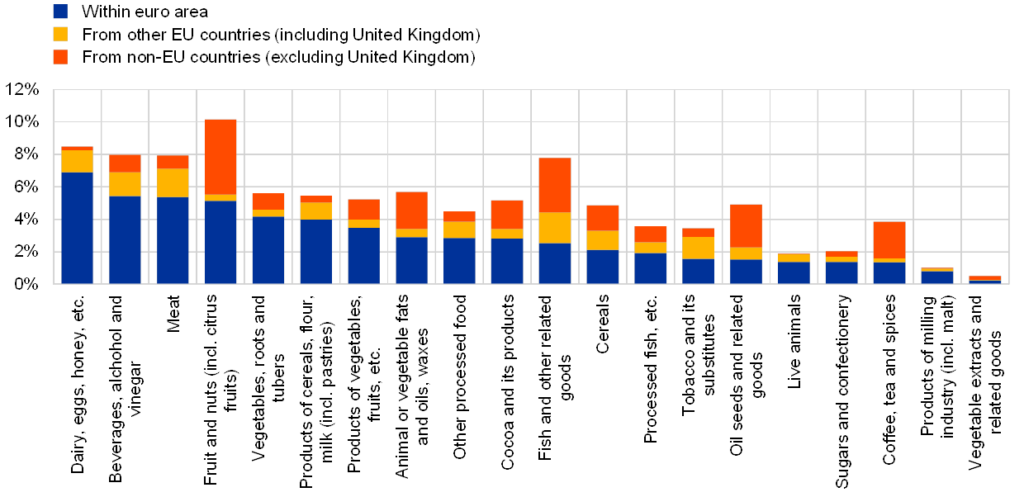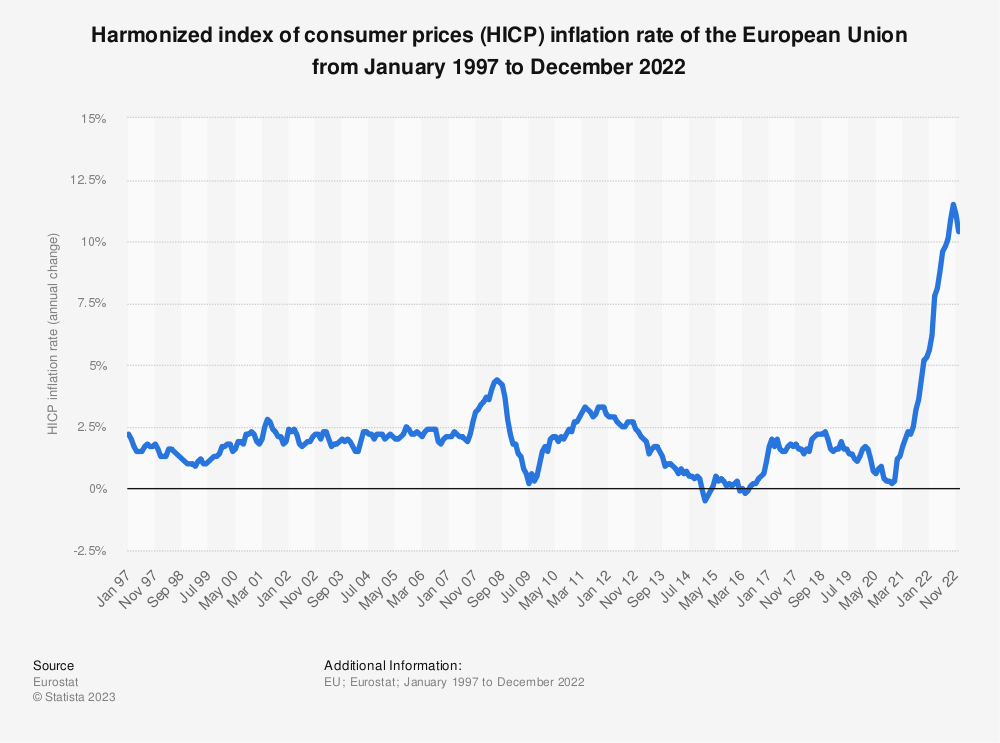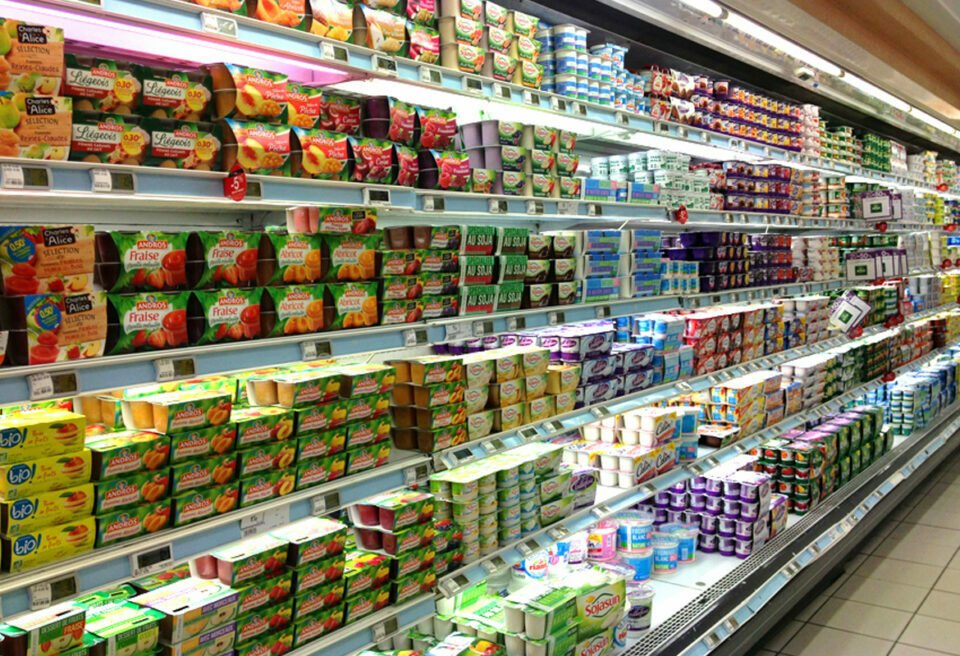While European inflation is declining, food costs are increasing. Who is paying the highest price, and what?
In December, food costs increased 18.2% across the EU.
According to figures released on Wednesday by Eurostat, the European statistics agency, food costs have been rising across Europe even though inflation declined for a second consecutive month in December.

Inflation for food prices in the EU was 18.2% in December and 16.2% in the eurozone, which is a marginal decline from November’s average. However, the cost of several staple foods like sugar, milk, cheese, and eggs, as well as oils and fats, continues to rise.
Hungary experienced the biggest price increase, which was close to 50%; Lithuania had the second-highest increase, at 33.5%, and Estonia had the third-highest increase, at 30.8%.
For a third month, inflation across the eurozone fell. Which European nations are still experiencing hardship? The countries with the lowest price changes were Cyprus (12.2%), Ireland (12.1%), and Luxembourg (11.1%).
Fresh whole milk, eggs, sugar, oil and fats, butter, and other edible oils were the six food categories with the largest increases across EU countries, with increases ranging from 30.2% to 56.6% on average.

Prices for sugar doubled in Estonia, increased by 98.9% in Czechia, and increased by 87.4% in Poland. The price change in Sweden, Denmark, and Luxembourg was roughly 10%.
While the EU average price increase for eggs was 30%, prices varied widely across the EU, from 14.8% in Luxembourg to 92.5% in Czechia.




